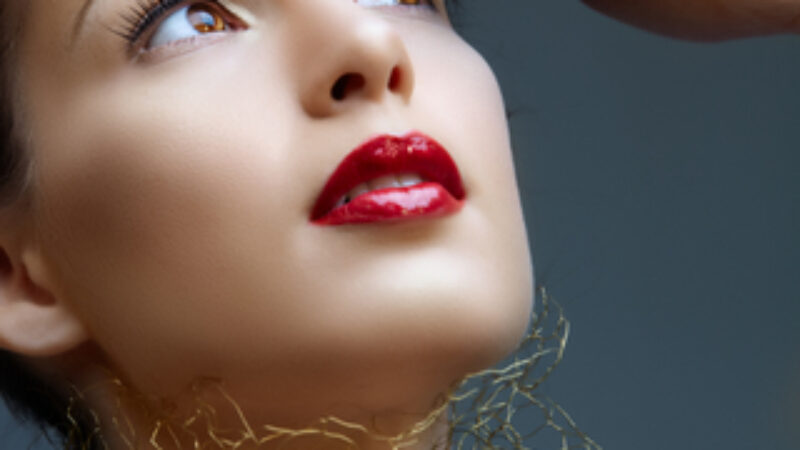Is soy a miracle food?
The health claims associated with soy have us embracing soy lattes; edamame and soy protein shakes with great gusto. From natural relief of menopausal symptoms to stronger bones and protection against heart disease, soy’s claimed benefits are many. On the other hand, you may also have heard about soy’s negative effects, linking it with breast cancer and thyroid disease amongst other negative side effects.
As with all things, moderation is key. If you are going to consume soy, then look for high quality sources, preferably those that are organic and not genetically modified (non-GMO). And, fermented sources of soy such as tempeh, natto or miso are not associated with soy’s nutrient blocking effects, so if you really love soy, then choose these products over non-fermented ones.
Soy and skin
In addition to soy’s potential health benefits, recent research has shown that soy has a beneficial effect on skin through its antioxidant and anti-inflammatory effects. The components in soy responsible for these effects are isoflavones, a class of plant compounds abundant in soybeans. In the skin, isoflavones have been shown to work in two important ways:
- Stimulate collagen – which helps to increase the skin’s supporting structure, thereby increasing its thickness and elasticity
- Inhibit matrix metallo-proteinases, enzymes that break down the network of protein that make up the skin’s support layer.
Of important note is that topically applied soy does not exert any hormonal effects.
More research is being done on the topical benefits of soy and you can probably expect to see more skin care products using soy as an active ingredient being introduced in the near future.
Where can you find soy in skin care products?
You may want to consider Reversa Skin Firming Gel-Cream, which is formulated with natural soy rich in isoflavones plus other botanical extracts. It helps to improve skin elasticity and firmness while also moisturizing with vitamin E and glycerine. It’s especially effective in women where dry skin may be an issue.




I’m 62 and have lots of age spots, even after lazer treatment. I’ ve been using the hydroquonone usp 4% cream and I hate to give up now accept they charge me $100. Is there anything else that will work better for removing age spots? I always use sunblock and where a hat in the sun.
Connie Verhalen
Hydroquinone is regarded by most dermatologists as the gold standard in managing hyperpigmentation. However, some do use retinoids as well. Glycolic acids such as mandelic and malic acids (as found in Mama Lotion) have also been used successfully in some patients.
You’re doing the right thing by practicing sun avoidance and wearing a sunblock. Make certain that the sunscreen you use blocks both UVA and UVB rays and that it is photostable (as with Anthelios). Your dermatologist may be able to give you further guidance on alternatives for treating your age spots.
Hi Sharmani…I think you should know that there is a wonderful Soy based skin care line call The Soy of Life. It can be found at Whole Foods in New England and their website. My skin has never looked or felt better! Everything you mentioned in your article is true. This is a premium line! Thank you for your guidance.
Does anyone know if the soy products any of them have a cooling effect??? My Pop has Neuropathy in is feet they are either cold very cold or very very hot due to nerve endings/ageing. I like what I’ve read on this pape so thanks alot Robin
Hi Robin, thanks for asking about soy in the treatment of neuropathy. I don’t know of any link between using soy-derived ingredients topically and temperature regulation. There’s no reason why you couldn’t try it, though. If it helps to keep your Pop comfortable, it’s one solution. Regards, Sharmani